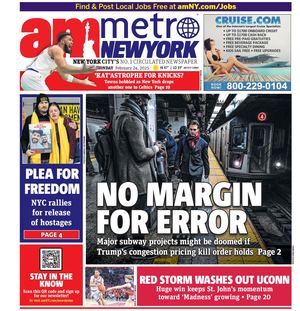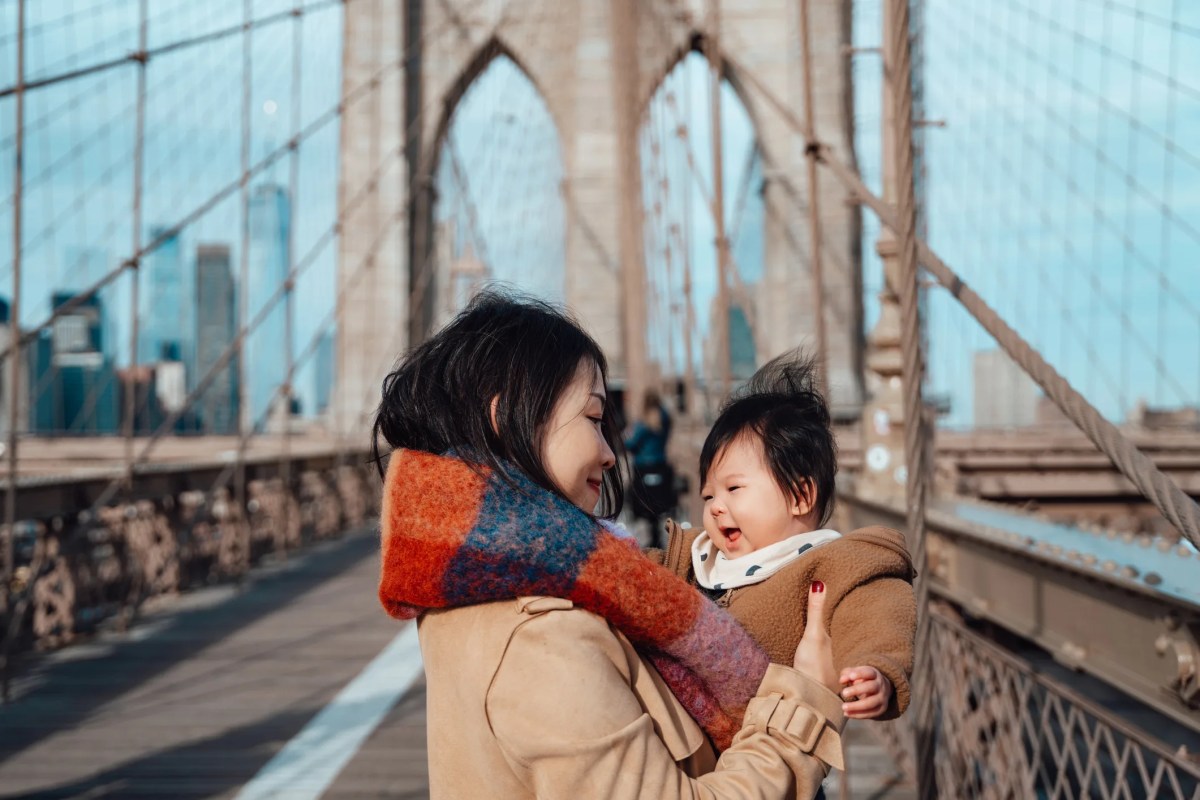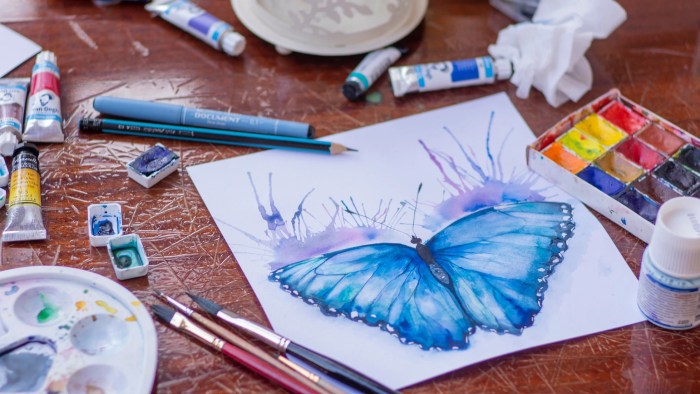Meet the Mohawks who built One World Trade.
A new exhibit featuring portraits of Mohawk ironworkers is coming to the National September 11 Memorial Museum on Nov. 16. "Skywalkers: A Portrait of Mohawk Ironworkers at the World Trade Center" features tintype portraits taken by New York-based artist Melissa Cacciola, and will be on display through fall 2019.
For the 30-photo series, Cacciola photographed first-, third- and fourth-generation Kahnawake ironworkers in 2012. Although the photos have been included in exhibitions before, the 9/11 museum’s presentation will include audio guides in the Akwesasne and Kahnawake Kanien’keháka dialects spoken in the Kahnawake Mohawk territory.
The territory — declared a First Nations reserve — is located along the south shore of the St. Lawrence River, in Quebec. Since the early 1900s, Mohawk workers commuted for hundreds of miles to work in American cities, including New York City.
Construction and iron work became a common trade for Mohawk workers who helped construct iconic pieces of the skyline, including the Statue of Liberty, the Empire State Building, the Chrysler Building and the George Washington Bridge.
The men photographed by Cacciola, continuing the tradition, were involved with the construction of One World Trade and the Calatrava Transportation Hub. They also aided in rescue efforts after the 9/11 attacks.
The decision to photograph the workers was not a random one.
“I’m always trying to find a link between the material I use and the subjects I photograph,” said Cacciola. “In this case, obviously, the ironworkers work with metal, and in construction you use different kinds of metal.”
The connection is in the materials used by both the artist and the ironworkers: Tintype is a laborious technique that uses a lacquered metal plate — usually iron — to create the image. To capture enough light and get the images, subjects need to pose for at least 10 seconds. For the series, the photographer used a large format camera, handmade film emulsions and period brass lenses.
“I really try to find a subject that fits my media. One other project I did was ‘War and Peace,’ which was about the military. And it’s interesting because tintype portraits came about the time of the Civil War, to take early portraits of soldiers,” Cacciola said.
The technique emerged in the late 1800s and spread during the American Civil War. Some of the earliest tintype portraits are of American Indians, and Cacciola aims to keep the tradition alive.
“I often ask people to imagine a time when digital media did not exist. It’s easy to forget the power of an image when you have a thousand selfies and different ways to take our images,” said Cacciola. “Portraits tell us so much about our humanity.”
The artist hopes her work will help preserve the tradition of Mohawk workers.
“The 9/11 museum is a history museum, and they’re using my portraits to tell a bit of the story of what happened at 9/11 and since that event,” Cacciola said. “Showing the contribution of Mohawk iron workers is important, they’ve worked at so many New York iconic buildings.”
In the late 1950s and 1960s, there were 800 Mohawk workers in the city. Now, fewer and fewer Mohawks are entering the profession, and the future of the tradition is uncertain.
"I really hope people will come and learn about the Mohawk workers, and their community," Cacciola said.
"Skywalkers: A Portrait of Mohawk Ironworkers at the World Trade Center" National September 11 Memorial Museum, 200 Liberty St., Manhattan. Opens Nov. 16. $24/adult, $20/senior, $18/veteran, $15/younger than 12.




































